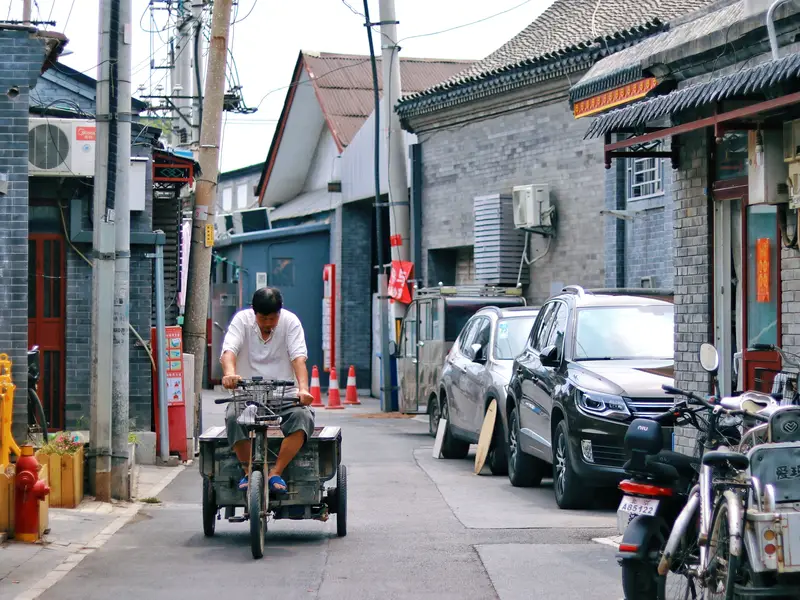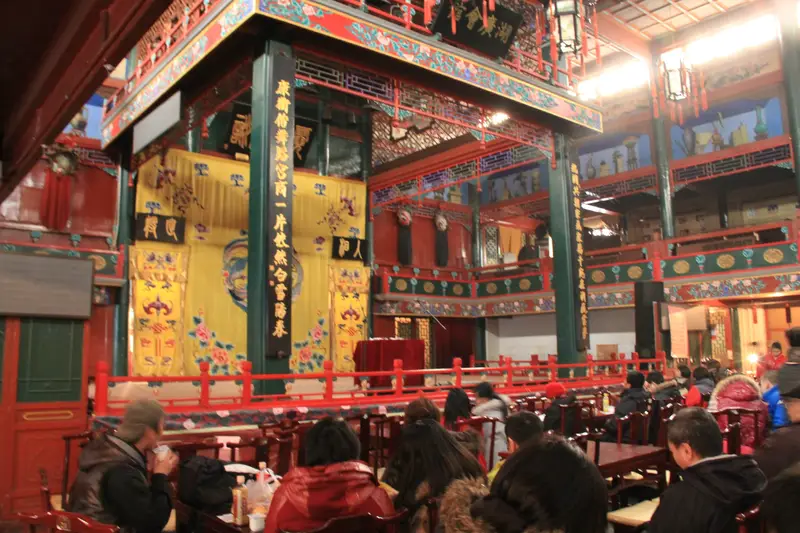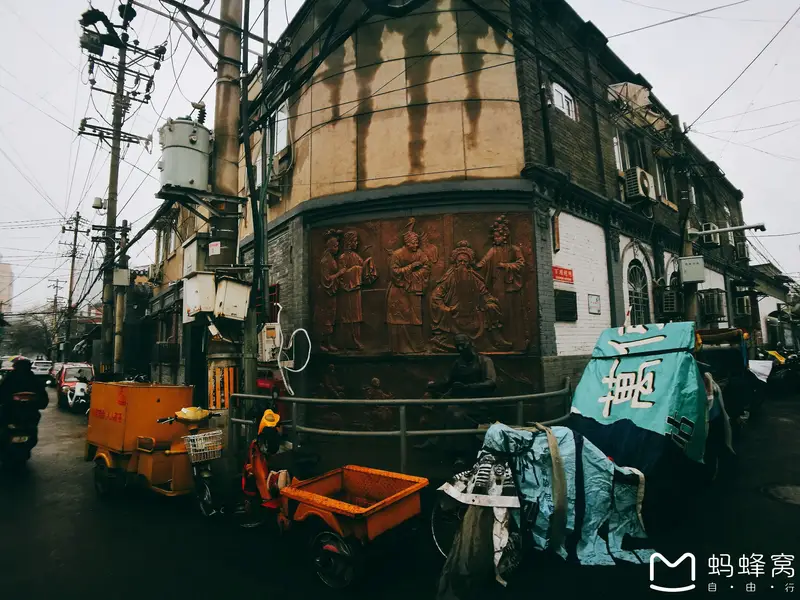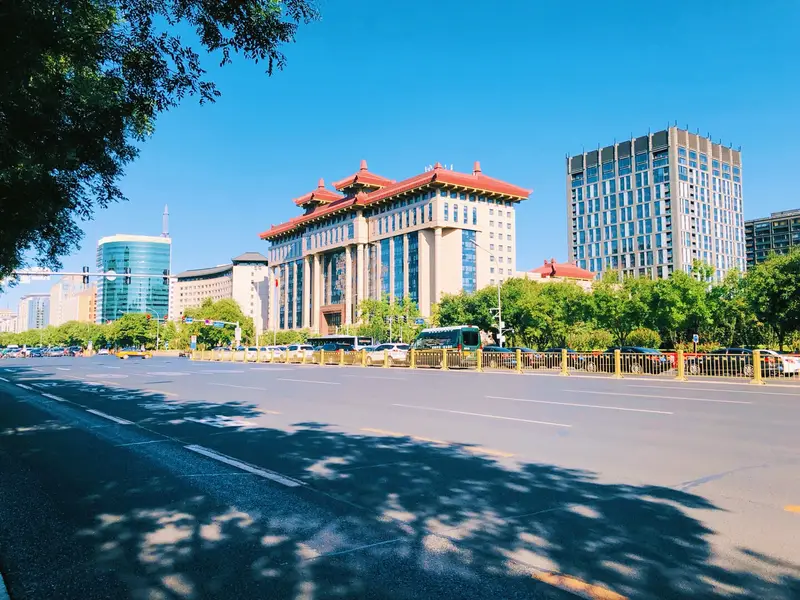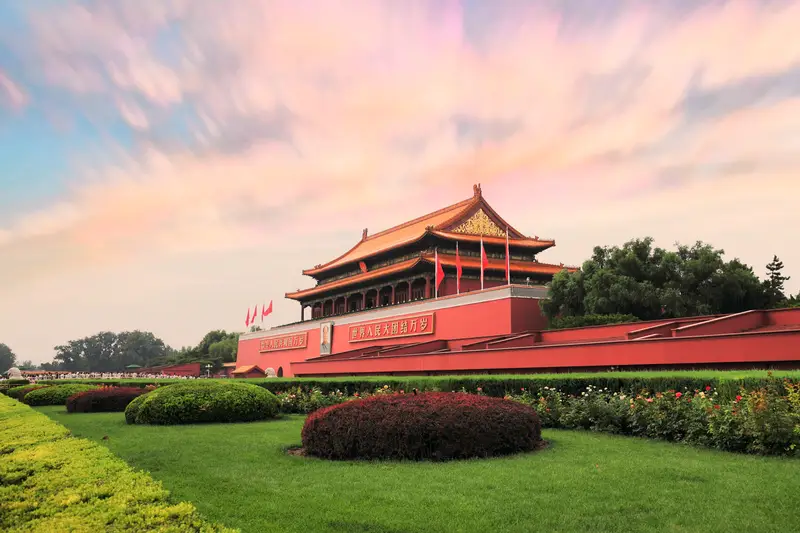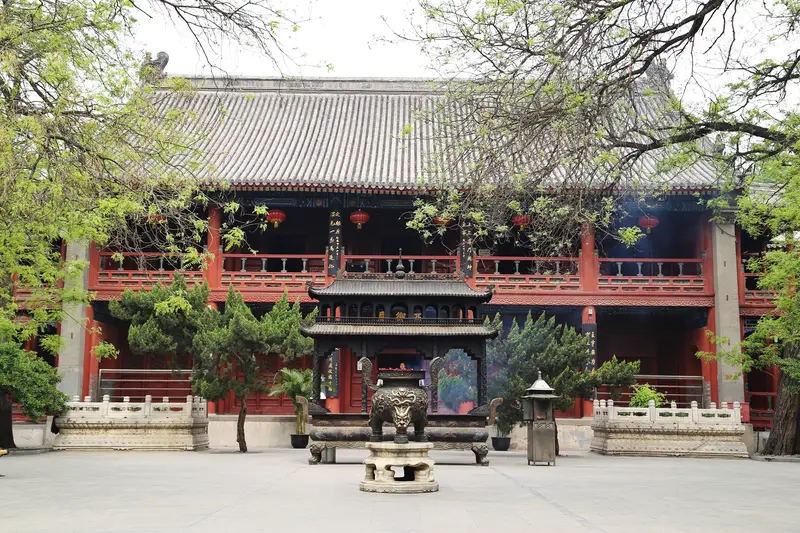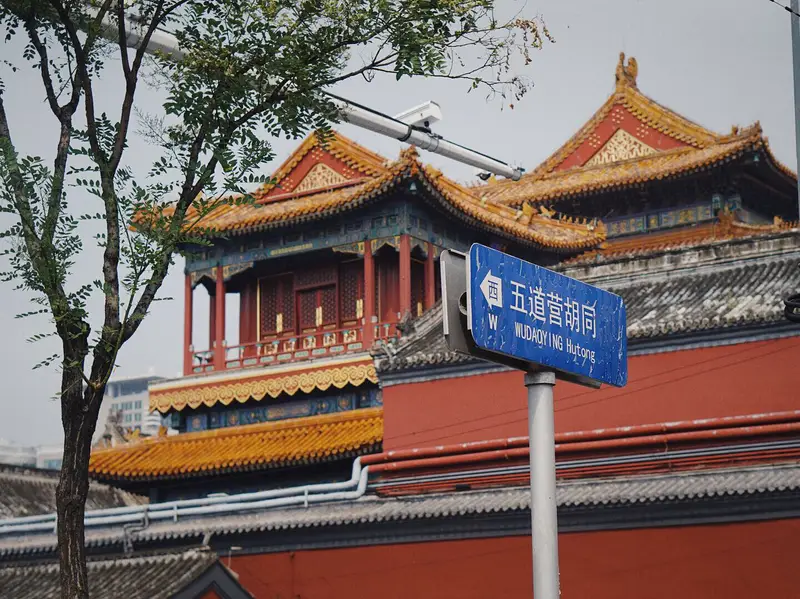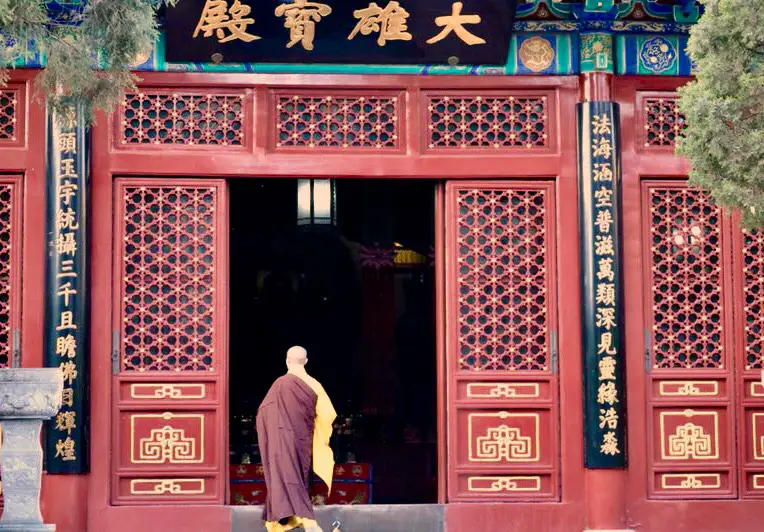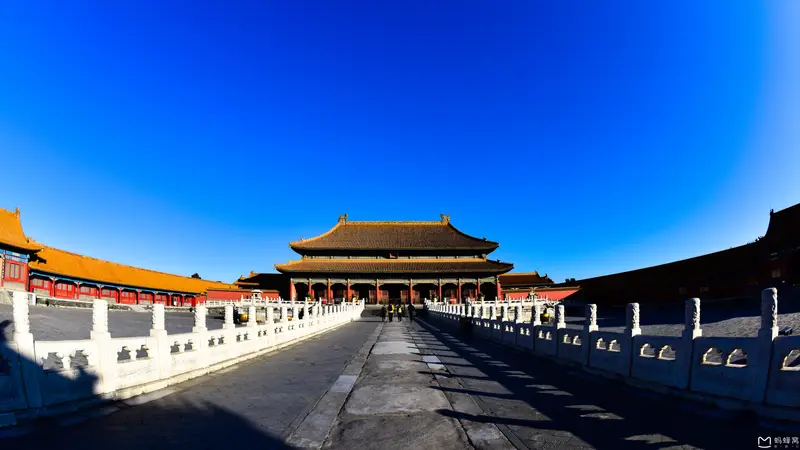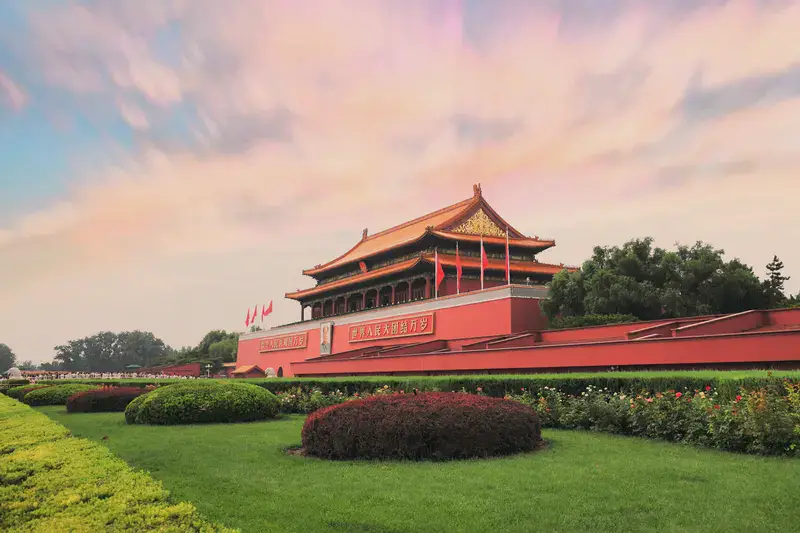Location and Transportation
The Eight Great Hutong, located in the heart of Beijing, is a must-visit for anyone interested in exploring the city’s rich history and culture. Situated in the Xicheng District, this area is easily accessible via public transportation. You can take the subway Line 2 to the Qianmen Station, and from there, it’s just a short walk to the entrance of the hutong. Alternatively, you can hop on a bus or grab a taxi to reach this historic neighborhood.
Natural Scenery
While the Eight Great Hutong is primarily known for its historical and cultural significance, it also offers a glimpse into the natural beauty of Beijing. The narrow alleyways are lined with traditional courtyard homes, many of which are adorned with lush greenery and blooming flowers. As you stroll through the hutong, you’ll encounter small gardens, shaded courtyards, and even the occasional tree-lined path, providing a peaceful escape from the bustling city streets.
Cultural and Historical Significance
The Eight Great Hutong is a treasure trove of Beijing’s history and culture. Each of the eight main alleys has its own unique story and charm. For example, the Liulichang Hutong is famous for its antique shops and traditional Chinese art galleries, while the Dashilan Hutong is known for its vibrant street life and historic theaters. The area was once a bustling hub for merchants, scholars, and artists, and many of the buildings still retain their original architectural features, offering a glimpse into life in old Beijing.
Facilities and Amenities
Visitors to the Eight Great Hutong will find a range of facilities and amenities to enhance their experience. There are plenty of cafes, tea houses, and restaurants where you can sample local cuisine and take a break from exploring. Souvenir shops and boutiques offer a variety of traditional Chinese goods, from silk scarves to handcrafted pottery. Public restrooms and seating areas are conveniently located throughout the hutong, making it easy to relax and recharge during your visit.
Exploring the Hutong
Exploring the Eight Great Hutong is like stepping back in time. The narrow, winding alleyways are best explored on foot or by rickshaw, allowing you to take in the sights, sounds, and smells of this historic neighborhood. As you wander through the hutong, you’ll encounter hidden courtyards, ancient temples, and traditional shops selling everything from calligraphy supplies to handmade noodles. Be sure to take your time and soak in the atmosphere, as every corner of the hutong has something unique to offer.
Local Life and Community
One of the most fascinating aspects of the Eight Great Hutong is the sense of community that still thrives here. Many of the residents have lived in the hutong for generations, and their daily lives offer a window into the traditions and customs of old Beijing. You might see locals practicing tai chi in a courtyard, playing mahjong in a tea house, or simply chatting with neighbors in the street. This vibrant community spirit is one of the things that makes the Eight Great Hutong such a special place to visit.
Tips for Visitors
When visiting the Eight Great Hutong, there are a few tips to keep in mind to make the most of your experience. Wear comfortable shoes, as the alleyways can be uneven and you’ll be doing a lot of walking. Bring a camera to capture the unique architecture and vibrant street scenes. Be respectful of the local residents and their privacy, as many of the courtyard homes are still inhabited. Finally, consider hiring a local guide who can provide insights into the history and culture of the hutong, and help you navigate the maze-like streets.
Conclusion
The Eight Great Hutong is a living testament to Beijing’s rich history and culture. From its narrow, winding alleyways to its vibrant community life, this historic neighborhood offers a unique and unforgettable experience for visitors. Whether you’re interested in history, architecture, or simply soaking up the atmosphere of old Beijing, the Eight Great Hutong is a must-visit destination that should be on every traveler’s itinerary.


